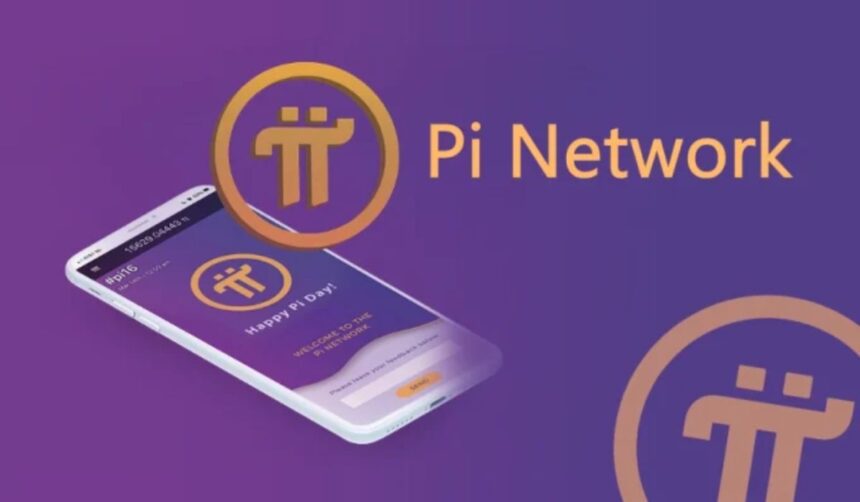Pi Network has long been one of the most talked-about projects in the crypto space. Since its launch in 2019, it has gained massive attention with a simple but ambitious idea: allowing everyday people to mine cryptocurrency directly from their phones without investing in equipment.
Millions of pioneers joined the project, driven by the promise of building a user-powered currency that could compete with the industry’s biggest names, such as Binance, Coinbase and other global exchanges.
However, that vision now feels increasingly out of reach. Pi Coin is trading at about $0.34, hovering close to its all-time low of $0.33.
This contrasts sharply with the early excitement when many hoped its launch price would range from $10 to $100.
Meanwhile, Bitcoin has surged past $110,000, yet Pi has failed to ride the wave. Instead, it is moving in a different direction, with its correlation to Bitcoin slipping to just 0.12, showing that its performance no longer follows the broader market trend.
Why is Pi token struggling
Several factors explain Pi’s poor market performance. The biggest challenge is its enclosed mainnet. Pi remains locked within its ecosystem, unlike most cryptocurrencies, which can be freely traded across global exchanges.
This means liquidity is painfully low, and pioneers can’t easily sell or buy tokens on big platforms.
Another issue is trust. Despite having one of the largest communities in crypto, the project has been slow in rolling out concrete developments.
Many users feel left out, and the Pi Core Team’s lack of transparency has raised concerns.
Utility is also a sticking point. While Pi has a passionate user base, its ecosystem is still thin. Without strong DeFi applications, NFTs, or payment partnerships, Pi remains more of a speculative asset than a functioning currency.
What it would take to hit $10
Three significant changes are needed for Pi to even think about hitting the $10 milestone.
1. Tier-1 Exchange Listings: Getting listed on Binance, Coinbase, or other global exchanges would boost liquidity and visibility.
2. Supply Management: With a maximum supply of 100 billion tokens, Pi must carefully control how it releases coins to avoid market crashes.
3. Real Utility: Whether through payments, decentralised apps, or integration into Web3 platforms, Pi must prove it has real-world use beyond speculation.
TOKEN2049: A turning point?
Against this backdrop, Pi Network is stepping into the spotlight. The project confirmed in a blog post today that it will be a Gold Sponsor at TOKEN2049 in Singapore this October.
More importantly, one of its founders, Dr. Chengdiao Fan, will speak at the event.
This is no small deal. TOKEN2049 is one of the most significant blockchain events in the world, and it is expected to host 25,000 attendees, 300 speakers, and 500 exhibitors.
The lineup includes experts like Binance CEO Richard Teng, TRON’s Justin Sun, Cardano founder Charles Hoskinson, and even Robinhood’s Vlad Tenev.
Meanwhile, Pi has also been pushing for more visibility outside the conference. Its recent listing on Onramp Money expanded access across 60+ countries, allowing direct purchases using local payment methods.
The team has also rolled out protocol upgrades (from version 19 to 23) inspired by Stellar’s design to improve network functionality.
These moves suggest Pi is trying to reposition itself as a serious blockchain contender rather than just a community project.
But can Pi really hit $10? Right now, the math doesn’t add up. That goal seems far away without exchange listings, stronger utility, and more transparent communication from its team.










